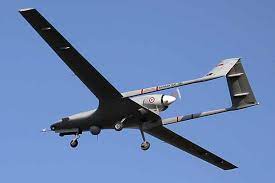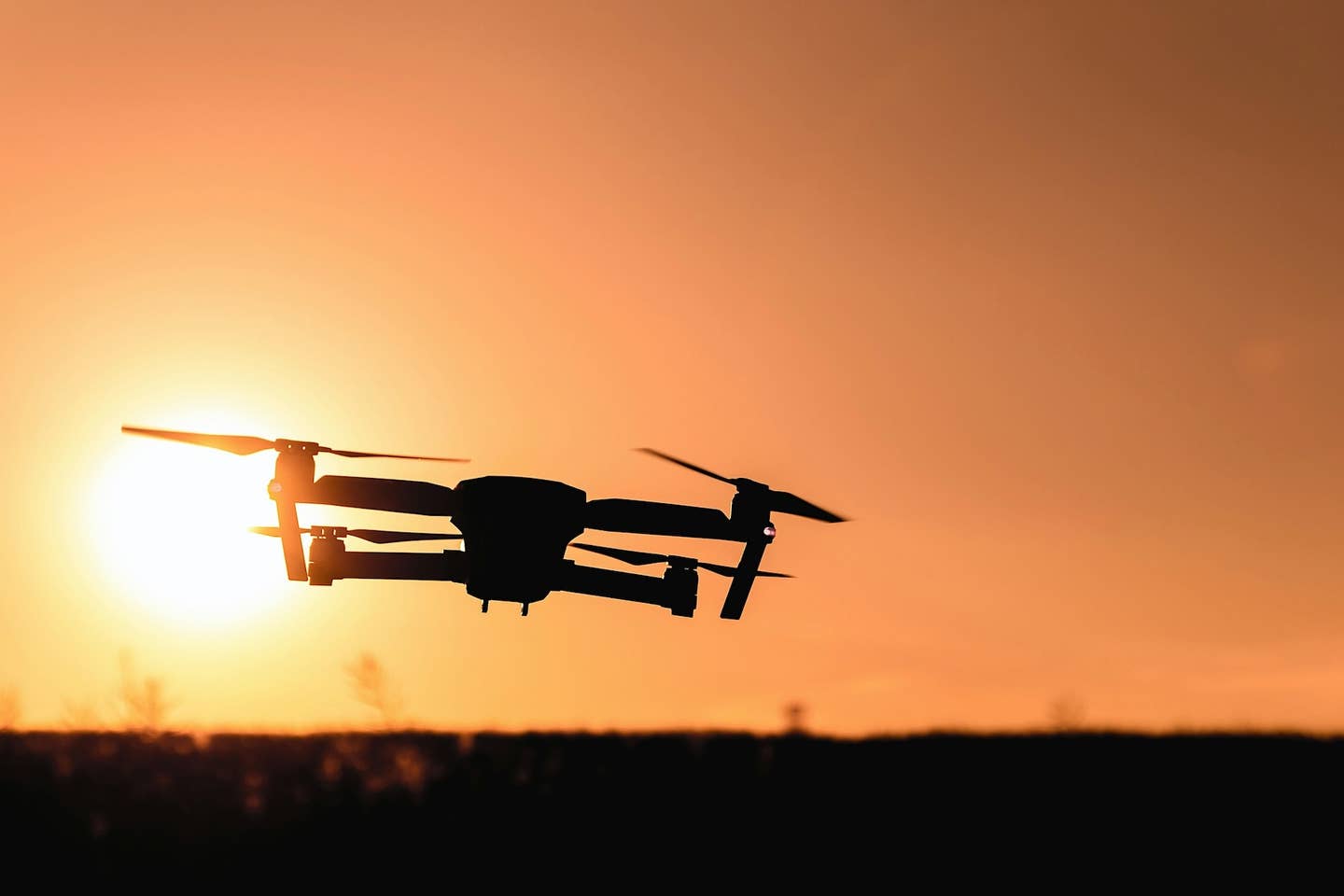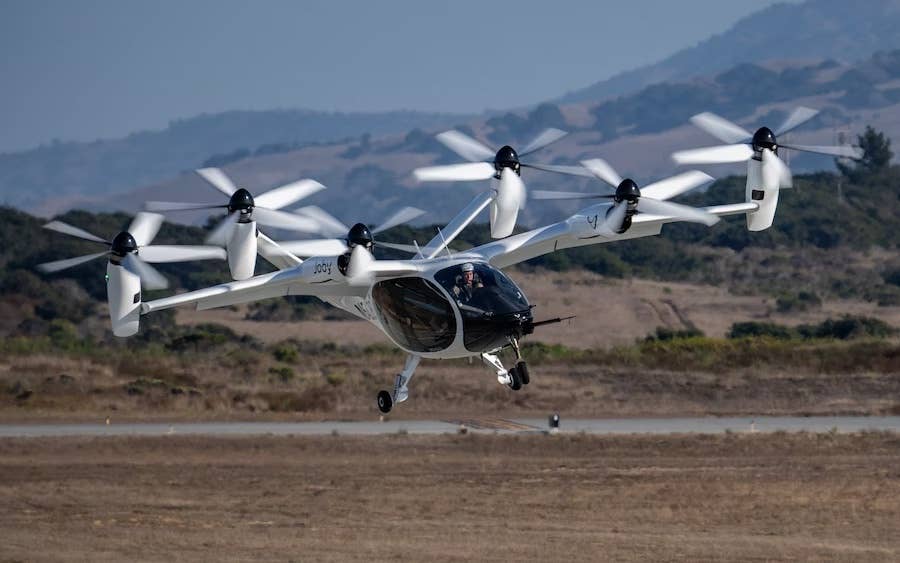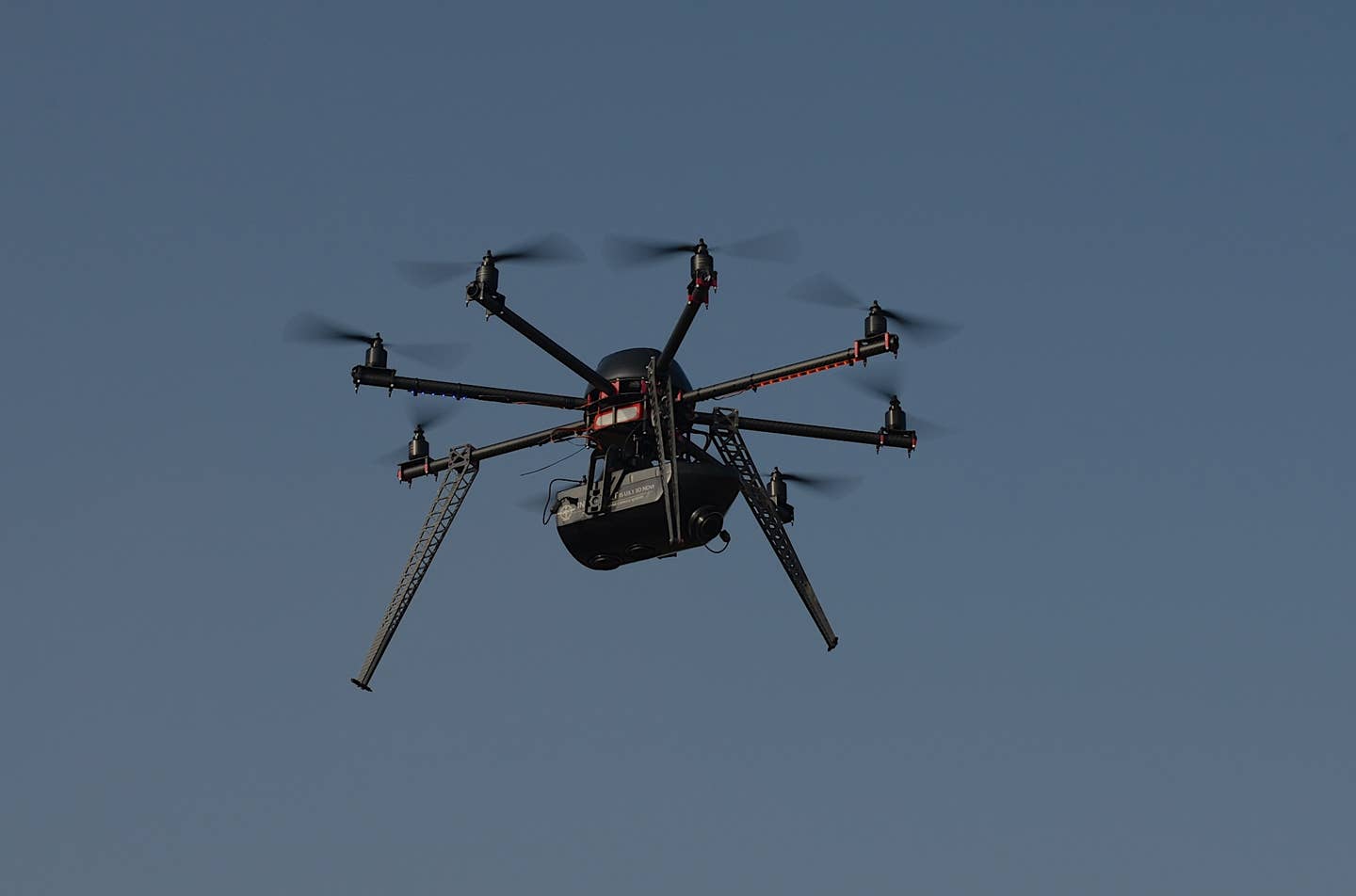The Drones Finally Take Over
In a little noticed conflict a year ago, drones were decisively deployed and Russia knew about it. Defense experts are wondering if the lesson stuck.

In May of 2016, I covered an obscure trade show put on by the Association of Unmanned Vehicle Systems International—AUVSI—in New Orleans. I spent the effort and money to do that because, at the time, it looked like drones were soon to become a significant part of aviation. While that’s true by degree, unmanned vehicles and their electric cousins, the urban air mobility contenders, haven’t quite potentiated. The civil use cases just aren’t there. Yet.
One of the most popular forums was a standing-room-only session on an emerging hot topic: counter-drone technology. It was biased toward military applications, but the civil aspect related to protecting airports from malicious drone attacks. A panel discussion suggested that “it” was coming, with it being a conflict in which UAVs or UCAVs, with the C standing for combat, would be decisive. And it would give weak militaries the ability to stymy stronger ones.
They were right. It did. But it didn’t happen in Iraq or Afghanistan although it may be happening in Ukraine now. But the real history was made in Nagorno-Karabakh. Huh? Where the hell is that? I minored in geography in college and I couldn’t find it on a map. Nagorno-Karabakh is in the Caucasus west of the Caspian Sea. Put your imaginary self in Ankara, Turkey, and fly 500 miles due east and you’ll be on the border between Armenia and Azerbaijan where, in the fall of 2020 while we were fixated on COVID-19, a short, vicious war flared and was won decisively by the side that deployed drones effectively. That would have been Azerbaijan. Armenia had mostly Soviet-era weapons.
The conflict got little play in the western daily press, but the defense press took careful notice, with CSIS reporting, “…these weapons were game-changing. Azerbaijani drones provided significant advantages in ISR as well as long-range strike capabilities. They enabled Azerbaijani forces to find, fix, track, and kill targets with precise strikes far beyond the front lines.” (ISR is intelligence, surveillance and reconnaissance.) Significantly, Azerbaijani drones destroyed heavy units, such as modern tanks and radar air-defense systems. A mainstay drone used by Azerbaijani forces was the Turkish-made Bayraktar TB2, which Ukraine is also deploying against Russian forces.
What seems to puzzle air defense experts, understandably, is why Russia seems to have applied no lessons from the Armenia defeat. Moscow actually brokered a peace deal between the two countries and had 2000 peacekeepers in place for a time. It reportedly studied the conflict and surely would have noted how successful the drone war was.
Which gets me back to that forum I attended at AUVSI. Various companies and experts were talking about counter-drone systems then in intense development. There are two types: kinetic and non-kinetic. Kinetic means to blow the things to pieces with some kind of missile, projectile or even a giant, rapid firing shotgun. Non-kinetic systems, like the emerging U.S. THOR, use electronic jamming to disable the drones before they can attack.
Russia is supposed to have this sort of stuff, having tested it against multiple drone attacks on its forces in Syria, and it reportedly applied intel from the Nagorno-Karabakh conflict last year. It’s not clear if they have deployed it or if they have, that it’s effective. Ukraine has about 50 TB2s, reportedly. It claims to have destroyed 1000 armored vehicles, an impressive score that can’t be verified nor confirmed to have been done by TB2s to any degree. It’s likely exaggerated.
But Ukraine is easily winning the PR war because Russia has shut down domestic news reporting on the war to the extent of criminalizing both reporting on it and protesting against it. Perhaps the Russian counter-drone technology has worked brilliantly, but they’ve constrained themselves from crowing about it. I wouldn’t be at all surprised if there are a few U.S. drones prowling around Ukraine, too. Anyone want to take the bet?
We’re watching the history we’ve all been warned about unfold in slow motion. The Nagorno-Karabakh conflict demonstrated that UCAVs could be decisive even for a small, under-resourced military. That the Russian air force seems largely sidelined in Ukraine may mean that the inflection point has been reached or, at the very least, you can see it from here. Manned aircraft are giving way to those flown from a trailer hidden in the woods somewhere.
The word progress has a positive connotation and the fact that we can now kill by remote control to a degree we couldn’t five years ago, we’ve progressed. On the other hand, it’s just a more sterile version of the yeoman’s halberd, unless you’re unfortunate enough to be on the receiving end.






